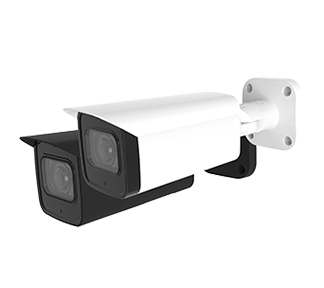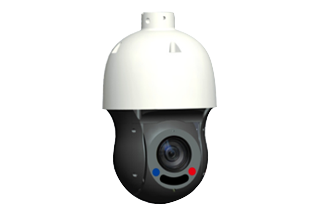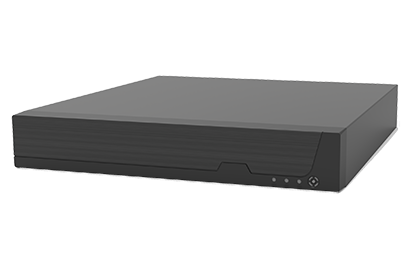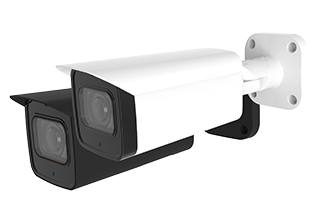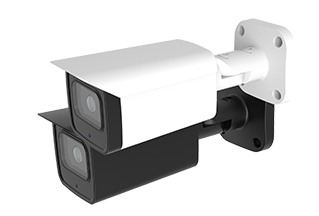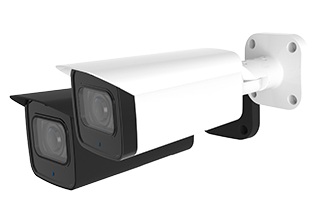Building a secure IP camera network infrastructure is critical to protect video data, prevent unauthorized access, and ensure reliable system performance.
Why Security Matters in IP Camera Networks
Unlike analog CCTV systems, IP cameras connect to Ethernet networks and the internet, making them vulnerable to cyberattacks. Hackers can exploit weak passwords, outdated firmware, or unsecured ports to:
Access live video streams
Steal recorded footage
Control or disable cameras
Launch attacks on the entire network
A secure infrastructure is not just optional—it’s a must for organizations that handle sensitive video data such as banks, government facilities, schools, and industrial sites.
Best Practices for Securing Your IP Camera Network
1. Use a Dedicated Surveillance Network (VLAN)
Create a separate VLAN (Virtual Local Area Network) for your IP cameras. This isolates camera data from your main office or home network, reducing hacking risks.
✅ Benefits:
Limits unauthorized access
Prevents network congestion
Enhances data privacy
2. Change Default Login Credentials
IP cameras often come with default usernames and passwords like “admin/admin.” These are the first things hackers try.
✅ Security tips:
Use strong passwords (12+ characters)
Change credentials for every device
Disable guest accounts
3. Enable Encryption (HTTPS / SSL / SRTP)
Ensure communication between IP cameras, NVRs, and client devices is encrypted.
✅ Recommended:
Use HTTPS for web access
Enable SSL certificates
Use SRTP (Secure Real-Time Transport Protocol) if available
4. Disable Unused Services and Ports
Many cameras come with services like UPnP, SNMP, or P2P enabled by default.
✅ Disable:
UPnP (Universal Plug and Play)
Telnet & SSH (if not needed)
Port forwarding for remote access (use VPN instead)
5. Keep Firmware Updated
Manufacturers regularly release security patches.
✅ Do:
Update firmware quarterly
Enable auto-updates if available
Download only from official websites
6. Use a VPN for Remote Access
Avoid open port forwarding for remote viewing. Instead, use a VPN (Virtual Private Network).
✅ Advantages:
Secures data communication
Prevents direct internet exposure
Works with mobile monitoring apps
7. Enable Network Security Monitoring
Use firewalls and intrusion prevention systems (IPS) to monitor traffic.
✅ Tools:
Router firewall rules
MAC address filtering
NVR login audit logs
Building a secure IP camera network is not only about choosing high-definition cameras—it also involves designing a cybersecurity-focused infrastructure. By following best practices like VLAN segmentation, firmware updates, encryption, and VPN remote access, you can protect your video surveillance system from external threats and ensure long-term reliability.
